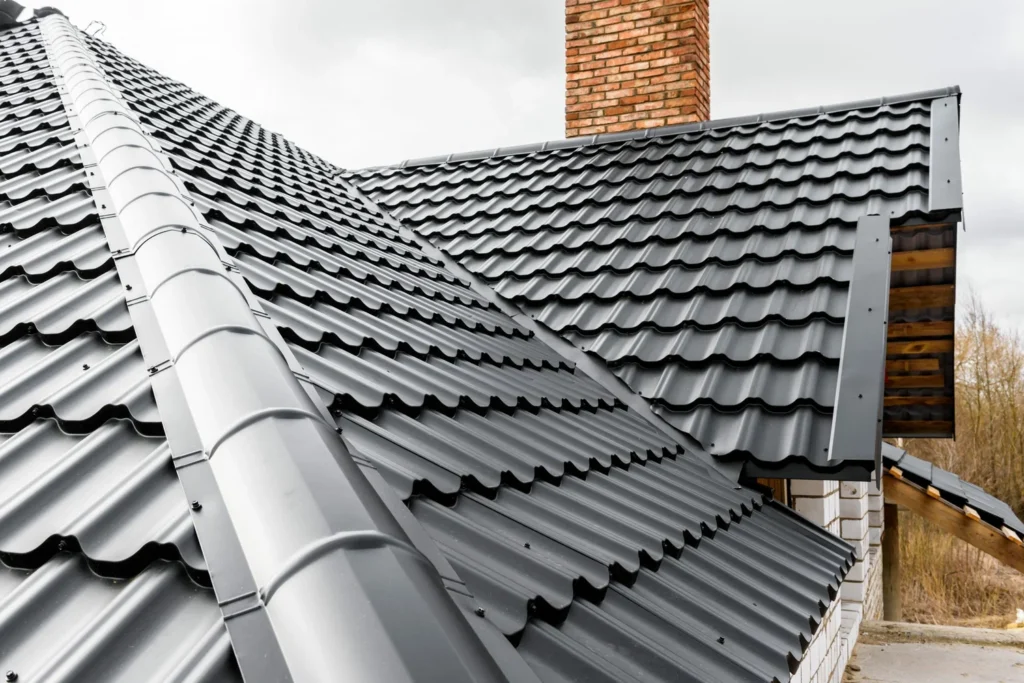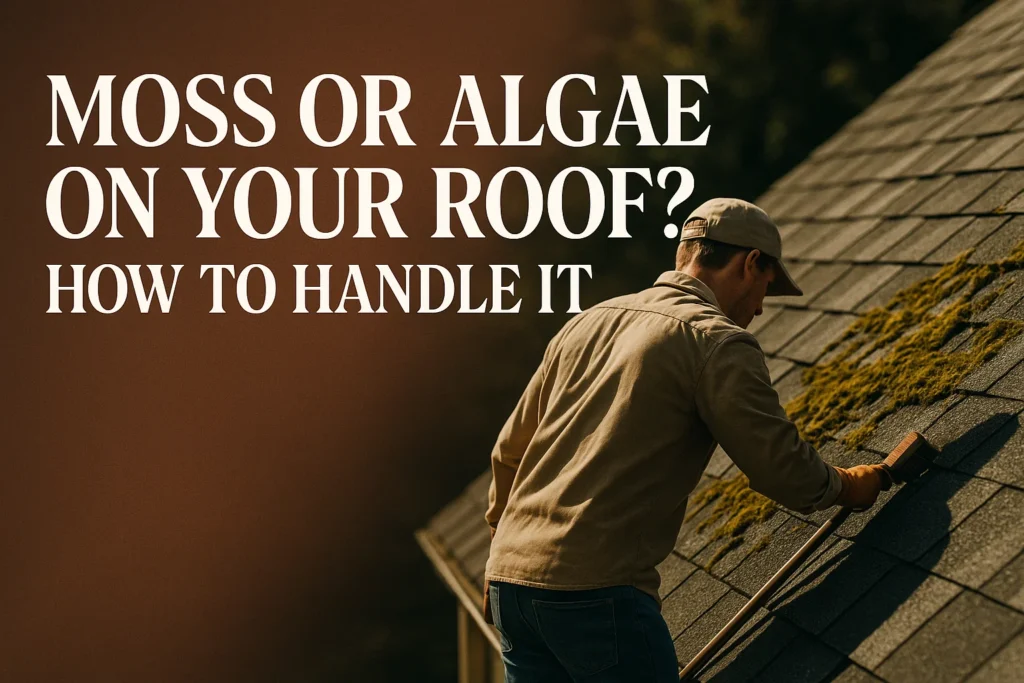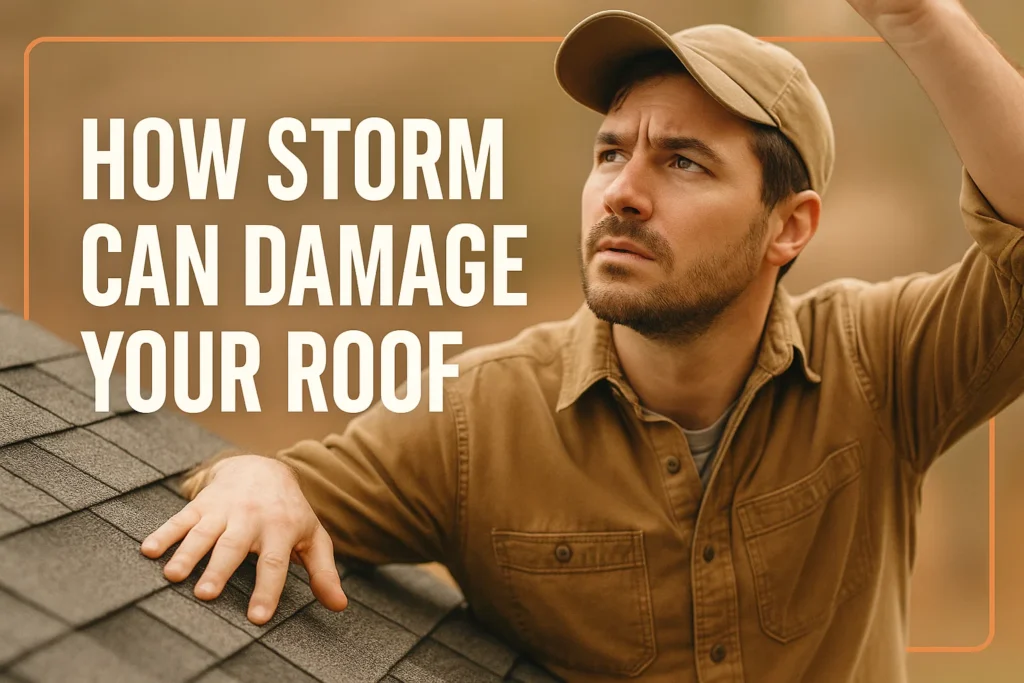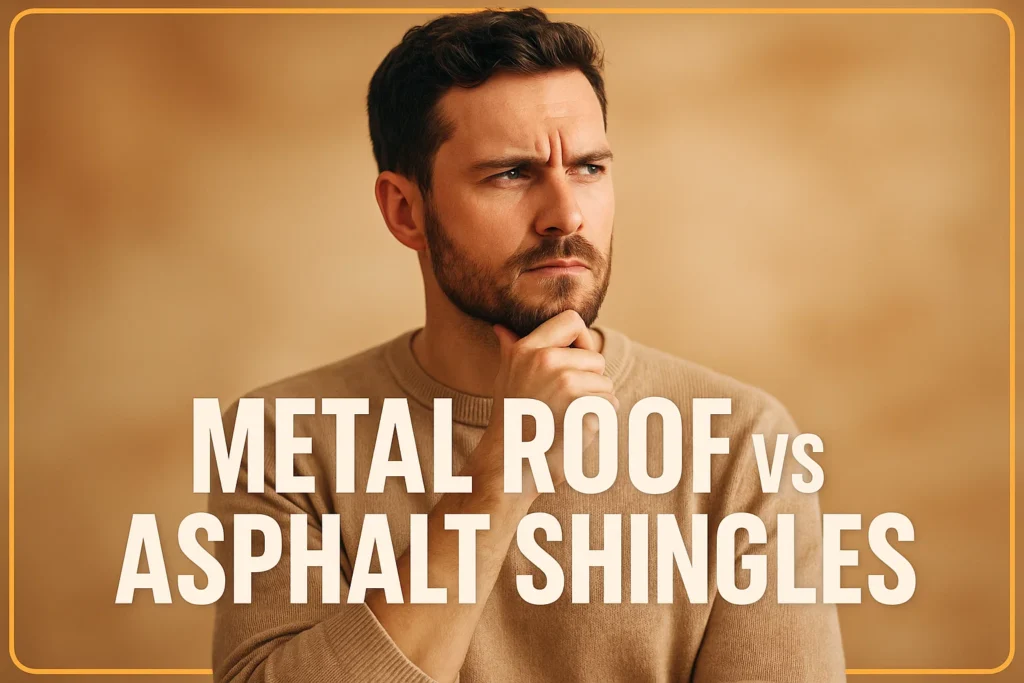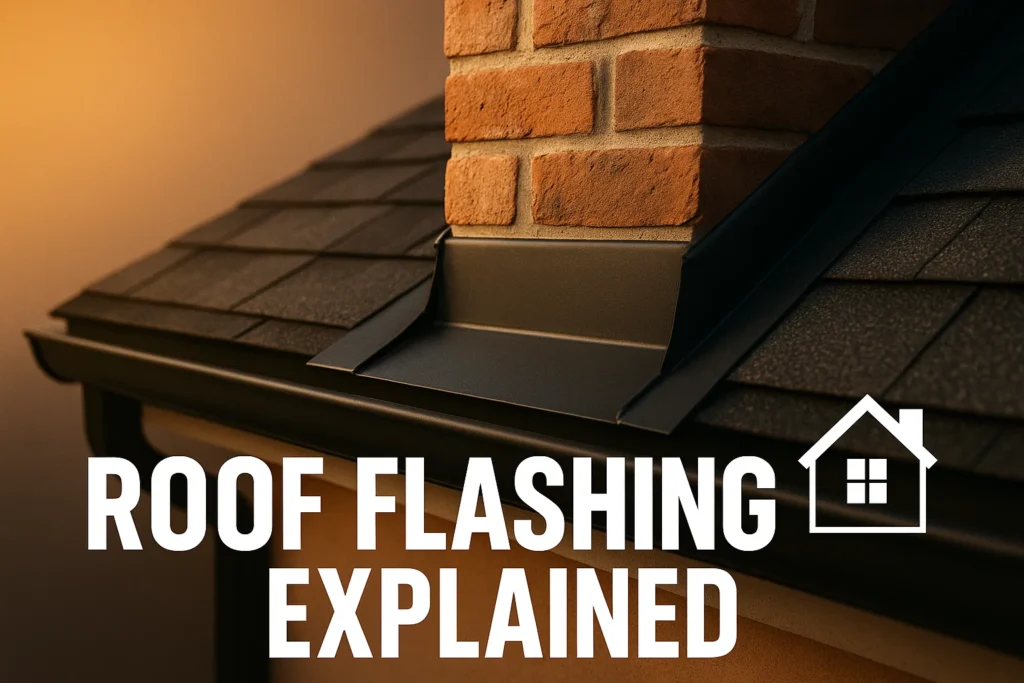How Much Does a Metal Roof Cost? A Comprehensive Guide to Pricing, Benefits, and Installation
Metal roofing has become increasingly popular due to its durability, energy efficiency, and aesthetic appeal. If you are considering installing
blogs-January 3, 2025-0 comments
What Are the Best Gutter Cleaning Tools for Homeowners?
Cleaning your gutters is a necessary but often dreaded task for homeowners. Clogged gutters can lead to a variety of issues, including water damage, mold growth, and even structural damage to your home’s foundation. The right tools can make this job safer, faster, and more effective. This guide will take you through the best gutter cleaning tools that every homeowner should consider.
Why Gutter Cleaning Is Important
Gutter cleaning is essential for maintaining the integrity of your home. Without regular cleaning, debris like leaves, twigs, and dirt can build up and block the flow of water. When water cannot flow freely, it may overflow, damaging the roof, siding, or foundation. Routine cleaning also helps to prevent the growth of mold and algae in your gutters.
Best Gutter Cleaning Tools for Homeowners
1. Gutter Scoop
The gutter scoop is one of the most basic yet highly effective tools for cleaning gutters. It is typically a small, handheld tool designed to scoop debris out of the gutters. The design allows you to get into the gutters, pull out leaves, twigs, and other debris, and clear the obstruction quickly. For smaller homes or lower gutters, this tool is a great choice.
A gutter scoop is especially useful for homes with shallow gutters that are not too high off the ground. It allows you to work in tight spots without needing specialized equipment. Plus, it’s affordable, making it accessible to nearly any homeowner. It’s a quick solution for light cleaning tasks.
2. Telescoping Gutter Cleaning Pole
For homes with high gutters, a telescoping gutter cleaning pole offers an efficient solution. These poles extend, allowing you to clean gutters without the need for a ladder. Typically, these poles come with attachments like a scoop or brush, enabling you to easily dislodge debris while remaining safely on the ground.
These poles can extend up to 20 feet or more, which makes them a great choice for multi-story homes. They are relatively easy to use and often include additional tools like brushes or dusters, making gutter cleaning a simple task. Telescoping poles save time and reduce the risks associated with working at heights.
3. Gutter Cleaning Robot
For those looking to go high-tech, gutter cleaning robots are an innovative solution. These robots move through your gutters and automatically clear debris. Using a remote or an app, you can guide the robot through your gutters, ensuring it cleans the entire length. The robot removes the hassle and danger of manual gutter cleaning.
Although the initial investment in a gutter cleaning robot can be high, the convenience it provides is invaluable. It eliminates the need to climb ladders or handle debris directly, making it an excellent choice for homeowners with mobility issues or those who prefer a hands-off approach. It also works efficiently in different weather conditions.
4. Gutter Cleaner Attachment for Pressure Washer
If you already own a pressure washer, investing in a gutter cleaner attachment can be a cost-effective way to keep your gutters clean. These attachments direct high-pressure water into the gutters, dislodging dirt and debris. Some models feature extension wands to help you reach higher places without needing to move your ladder.
Pressure washer attachments are a powerful tool for homeowners who prefer a quick and effective cleaning process. This method works well for removing stubborn grime and buildup from the gutters. Additionally, it can be used for various outdoor cleaning tasks, providing versatility and value. It’s ideal for those with significant debris buildup.
5. Ladder with Gutter Cleaning System
For homeowners comfortable with using a ladder, a specialized gutter cleaning system that attaches to the ladder is an excellent option. These systems come with various attachments, including scoops and brushes, which allow you to clean the gutters while staying safely on the ladder. The added stability from these systems ensures better safety while cleaning.
While ladder systems may not completely eliminate the risk of working at heights, they significantly enhance stability and make gutter cleaning much easier. The ladder cleaning systems allow for better maneuverability, which is ideal for those who need more control when dealing with high or hard-to-reach gutters. Proper safety equipment should always be used.
6. Gutter Brush
A gutter brush is an excellent preventive tool. It is designed to fit inside the gutter and prevent debris like leaves from accumulating. The brush allows water to flow through while trapping the debris, making it an ideal solution for homeowners looking to reduce the frequency of gutter cleaning. It helps keep your gutters clear throughout the year.
Gutter brushes are easy to install and require minimal maintenance. The brush’s bristles are stiff enough to catch debris, but flexible enough to allow water to flow freely. They also prevent clogs from forming, saving you time and effort in the long run. Installing a gutter brush is a great way to keep gutters clean for longer periods.
7. Gutter Vacuum
A gutter vacuum is another modern tool designed to make cleaning gutters easier. These vacuums attach to an extension pole and use powerful suction to pull debris from the gutters. The vacuum nozzle is specifically designed to fit into gutters and remove dirt, leaves, and twigs, making it an efficient tool for removing even stubborn debris.
The advantage of a gutter vacuum is that it can clean gutters from the ground, eliminating the need for ladders or climbing. The suction power ensures thorough cleaning, especially for homes with lots of trees or heavy debris buildup. Although it’s an investment, it’s a great option for homeowners who want to clean their gutters quickly and safely.
Additional Tools for Gutter Cleaning
While the primary tools mentioned are great for gutter cleaning, there are a few additional items that can make the task even easier. These include safety gear, like gloves and non-slip shoes, which protect you while cleaning. A ladder stabilizer ensures safety while using a ladder, providing extra stability and reducing the risk of accidents.
You can also consider gutter guards. These are protective covers that fit over your gutters to prevent debris buildup in the first place. They help reduce the frequency of cleaning, saving you time and effort in the long run. By using gutter guards, you can significantly reduce maintenance needs and keep your gutters working efficiently.
How to Choose the Right Gutter Cleaning Tool
Choosing the best gutter cleaning tool for your home depends on several factors. Consider the height of your gutters—if they are high up, tools like telescoping poles, gutter vacuums, or cleaning robots may be necessary. The type of debris in your gutters also plays a role; heavier, stickier debris may require a more powerful tool like a vacuum or pressure washer.
Budget is another important factor to keep in mind. Some tools, like a gutter scoop, are relatively inexpensive, while others, such as robotic cleaners or vacuums, come at a higher price. You should also think about how often you need to clean your gutters. Frequent cleanings may justify investing in more expensive tools that can make the job easier.
Conclusion
Investing in the right gutter cleaning tool can save you time, effort, and potential risks. Whether you opt for a simple scoop or a high-tech cleaning robot, each tool has its own set of advantages. The key is to choose a tool that suits your home’s needs, making gutter maintenance easier and more efficient. Regular cleaning will help prevent costly damage and keep your home safe from water-related issues.
FAQs
1. How often should I clean my gutters?
It’s recommended to clean gutters at least twice a year, ideally during the spring and fall. However, if you live in an area with many trees, you may need to clean them more often, perhaps three to four times a year.
2. Can I clean my gutters without a ladder?
Yes, tools like telescoping poles, gutter cleaning robots, and gutter vacuums allow you to clean gutters safely from the ground. These tools can reach high gutters without requiring a ladder.
3. What is the best way to remove stubborn debris from gutters?
For stubborn debris, using a gutter vacuum or a pressure washer attachment works best. These tools offer more power and efficiency, making it easier to clear out tough buildups of dirt and grime.
4. Do gutter guards really work?
Yes, gutter guards are effective in reducing debris buildup. While they don’t eliminate the need for cleaning entirely, they significantly reduce the amount of debris that enters your gutters, which means less frequent cleaning.
5. Are gutter cleaning robots worth the investment?
Gutter cleaning robots are great for homeowners who want a hands-free solution. While they can be expensive, they make cleaning effortless, especially for multi-story homes or for those who struggle with manual labor.


